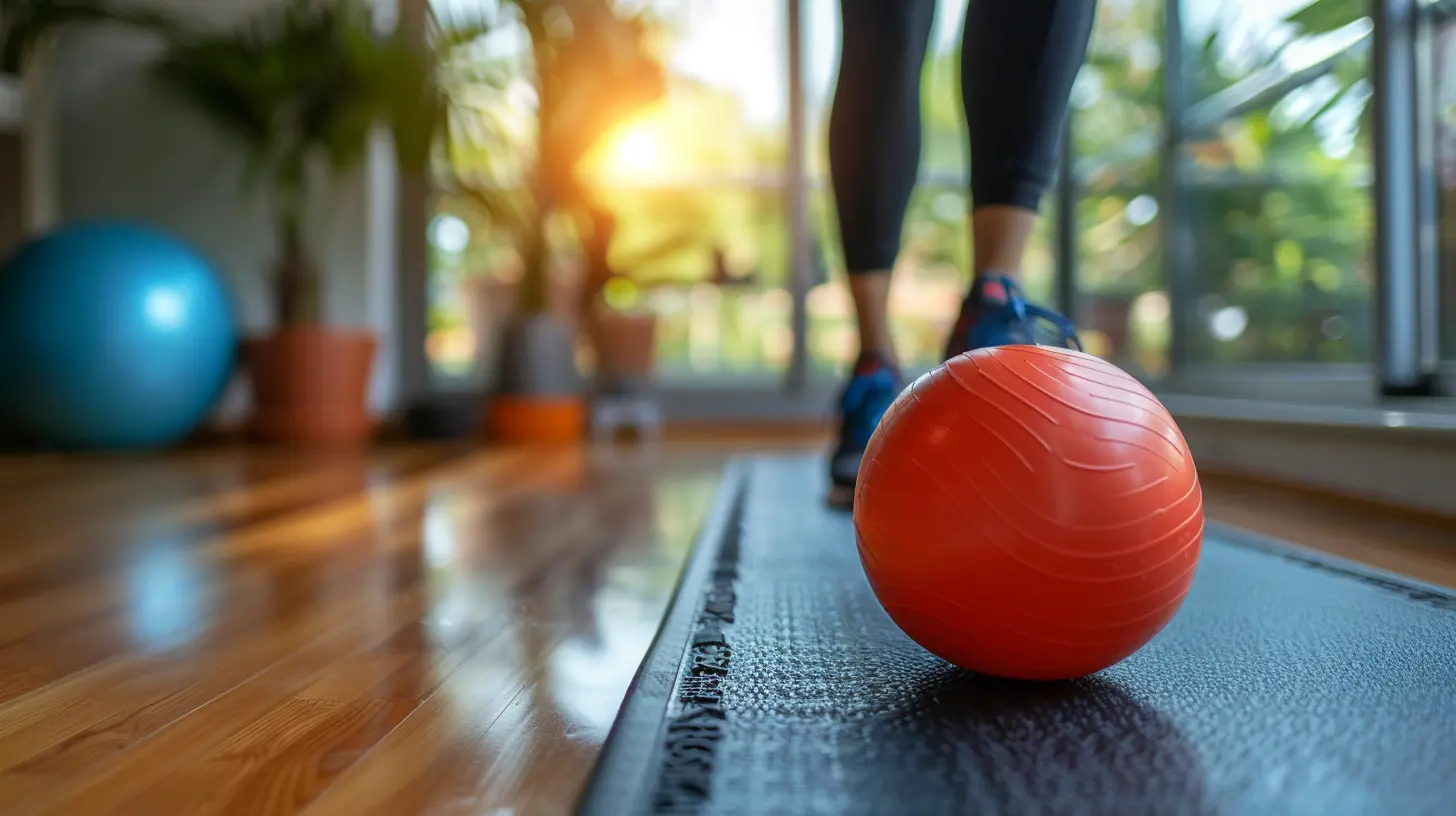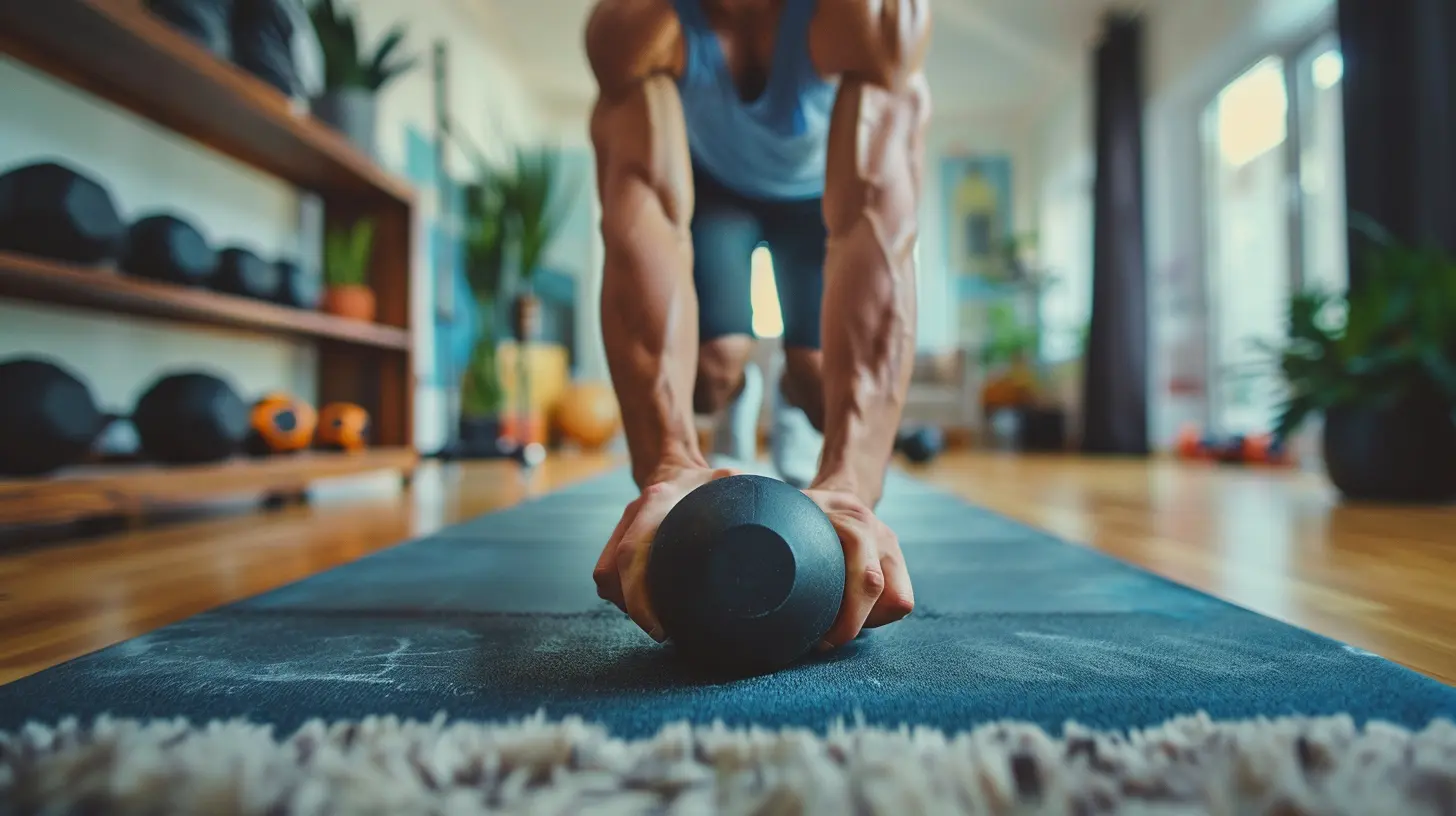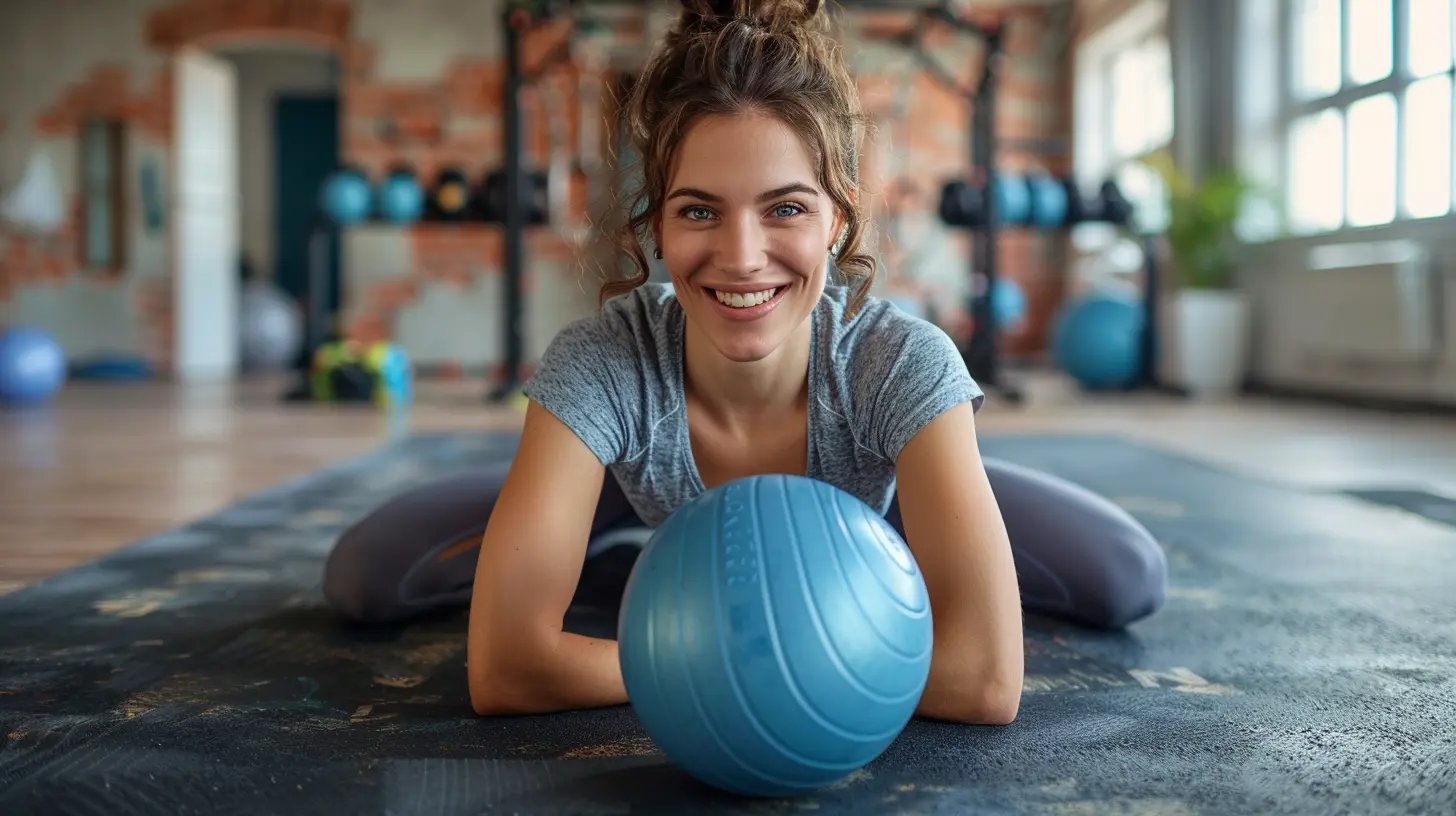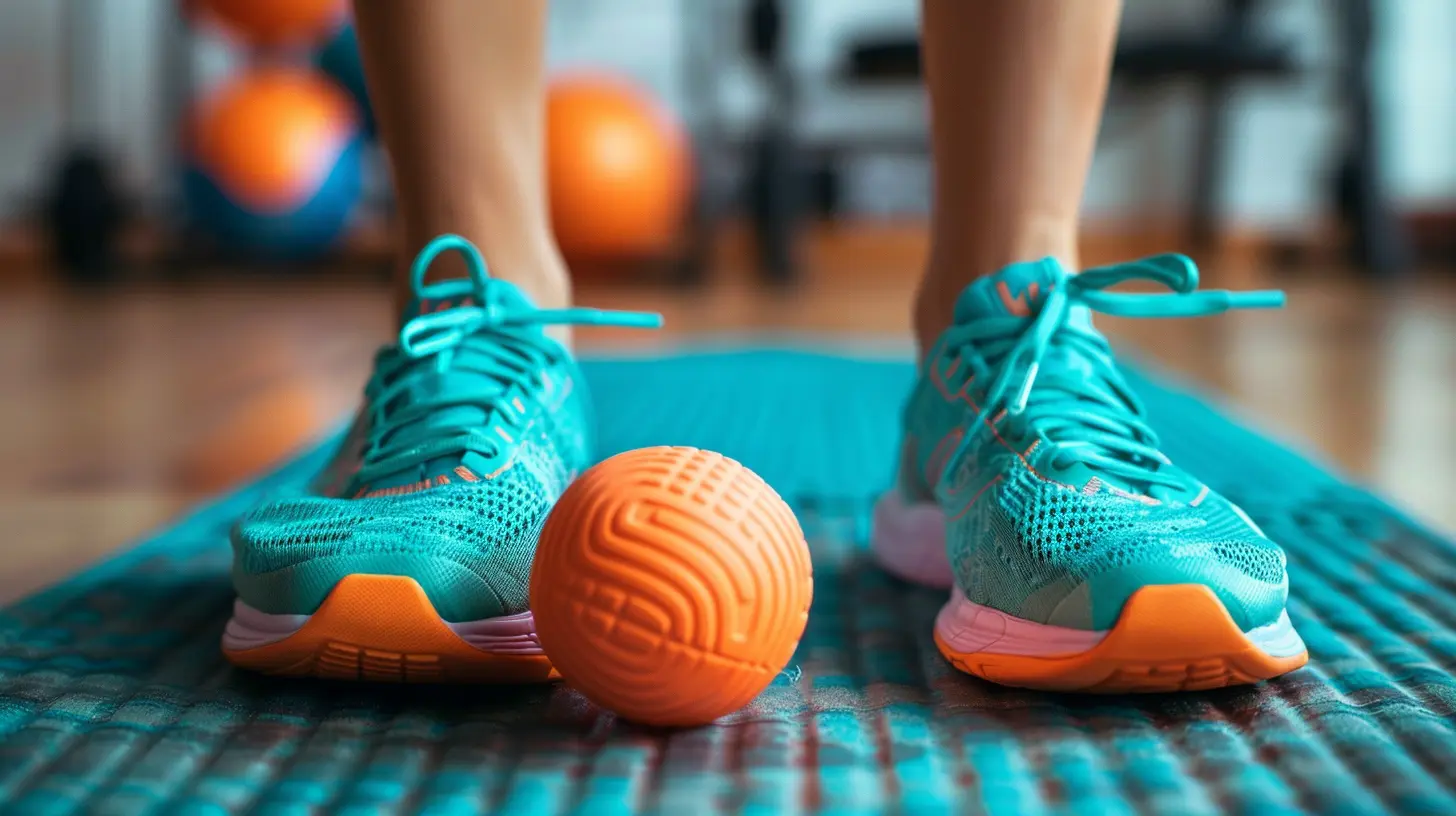How to Avoid Injuries While Working Out at Home
14 July 2025
Working out at home is convenient, cost-effective, and—let’s be honest—super comfy. No traffic, no awkward stares, and you can rock your pajamas if you really want to! But just because you're in your cozy comfort zone doesn't mean you're immune to injuries. In fact, sometimes that relaxed vibe can make us let our guard down, leading to strains, sprains, and sore regrets.
So let’s get straight to it: how do you stay safe and injury-free while breaking a sweat in your living room or garage gym? Whether you're a fitness newbie or a seasoned home gym rat, this guide is for you. Let’s break it down.
Why Injuries Happen at Home
Before we dive into prevention, let’s first understand the problem. Why are home workouts sometimes risky?Here are a few common reasons:
- Lack of warm-up: Jumping into a workout without a proper warm-up is like revving your car engine from 0 to 100 in seconds—it’s going to backfire.
- Poor form: Without a trainer watching your back (literally), it’s easy to slip into bad habits.
- Improper equipment use: That resistance band might look harmless... until it snaps.
- Overtraining: Working out every day without rest can lead to overuse injuries.
- Distractions: Kids, pets, TV—you name it. Your living room isn’t exactly distraction-free.
Okay, now that we’ve identified the culprits, let’s learn how to dodge them like a pro ninja.
1. Always Start With a Warm-Up
Let’s put it this way—your muscles are like rubber bands. Cold rubber bands? Snappy. Warm rubber bands? Stretchy and durable. A warm-up boosts blood flow, loosens joints, and preps your brain for what’s coming.What Should a Good Warm-Up Include?
- Light cardio for 5–10 minutes: Think jumping jacks, high knees, or jogging in place.- Dynamic stretches: Arm circles, leg swings, hip openers—movements that mimic your workout flow.
This small step can prevent big setbacks.
2. Focus on Form Over Ego
You’ve probably heard this a million times, but that’s because it matters—a lot.Whether you’re doing bodyweight squats or lifting dumbbells, form is king. Bad form isn't just inefficient... it’s dangerous. You might not feel the damage right away, but over time it adds up.
Tips to Nail Your Form:
- Practice in front of a mirror: It’s not vanity, it’s smart.- Record yourself: Watch the playback to check posture and alignment.
- Use tutorials from trusted experts: YouTube is your friend, but make sure you're following legit channels with certified trainers.
Don't try to be a hero. Master the moves before adding weight or increasing intensity.
3. Choose the Right Space
Your workout zone shouldn’t double as a Lego landmine or cat-nap central. A safe, clutter-free space is key to injury prevention.How to Set Up a Safe Workout Area:
- Clear at least 6x6 feet of space.- Remove tripping hazards like rugs and wires.
- Use a non-slip mat, especially for yoga or HIIT.
- Keep water and towels nearby, but not where you can trip on them.
Think of it like building your own mini gym—just without the expensive price tag.
4. Use Equipment Smartly
Resistance bands, dumbbells, kettlebells—super useful. But also potentially harmful if misused.Equipment Safety Tips:
- Inspect regularly: Bands can tear, and old mats can become slippery.- Know your limits: Don’t grab the heaviest kettlebell just because it looks cool.
- Follow instructions: Use gear for its intended purpose.
Treat your equipment like a tool—not a toy.
5. Listen to Your Body (Seriously!)
This one’s simple but often ignored. If your knee says “ouch,” don’t keep doing squats. Pain is your body’s red flag.Know the Difference:
- Good burn: A deep muscle fatigue after a set? Totally normal.- Sharp pain: Pinching, stabbing, or throbbing? Stop immediately.
Pushing through real pain doesn’t make you tough—it makes you benched.
6. Don’t Skip Cool-downs
You’ve crushed your workout, sweat is dripping, and your couch is calling your name. But wait! A quick cooldown can help your muscles recover and prevent post-workout stiffness (a.k.a. the dreaded “next-day sore”).What to Include:
- Light movement: Walk it out for a few minutes.- Static stretching: Target the muscles you worked—hold each stretch for 20–30 seconds.
- Deep breathing: Helps bring your heart rate back to normal.
Think of cooling down as your workout’s closing ceremony.
7. Stick to a Routine (But Mix It Up)
Routine keeps you consistent, which is great. But doing the exact same workout every. single. day? That’s a recipe for repetitive strain injuries.How to Balance It:
- Alternate muscle groups—upper body one day, lower body the next.- Add variety with yoga, dance, or mobility work.
- Take at least one full rest day per week.
Your body needs time to repair and grow stronger. Respect that.
8. Don’t Overtrain
We get it—you’re hyped, motivated, and on a roll. But piling on workouts without recovery is like pouring water into a glass that’s already full—it spills over, and you burn out.Overtraining Red Flags:
- Constant soreness- Trouble sleeping
- Mood swings
- Dropping performance
If you’re experiencing any of these, your body’s screaming for rest. Hit pause. Your gains will thank you later.
9. Hydrate and Fuel Properly
What’s going in your body matters just as much as what you're doing to it. Dehydration and lack of nutrients can zap your energy and make you more prone to mistakes (and injuries).Hydration Tips:
- Aim for at least 8 cups of water daily—even more if you’re sweaty.- Drink before, during, and after workouts.
Nutrition Tips:
- Eat a balanced meal or snack 1–2 hours before working out.- Post-workout? Grab protein and carbs for recovery.
You wouldn’t run a car without gas and oil, right?
10. Know When to Call a Pro
Working out at home doesn't mean you have to go it completely alone. If you’re just starting out or hitting a plateau, a virtual personal trainer can guide you safely.Also, if you’re recovering from an injury or have a medical condition, always get the green light from a health professional.
Bonus Tips: Extra Safety Nuggets
- Use proper footwear: Barefoot workouts are fine for yoga but not for lifting weights.- Stay consistent: Sporadic workouts increase your risk of injury from deconditioning.
- Sleep well: Your body heals and strengthens while you snooze.
Final Thoughts
Working out at home is a game-changer—but only if you’re smart about it. When you treat your home workouts with the same respect you'd give a gym session, you're stacking the odds in your favor for safe, effective, injury-free fitness.Remember, fitness is a long game. It’s not about pushing harder every single day—it’s about showing up, doing your best, and taking care of your body like it’s the only one you’ve got. (Because spoiler alert: it is.)
So warm up, focus on your form, listen to your body, and don’t be afraid to rest. Your future self (and your joints) will totally thank you.
all images in this post were generated using AI tools
Category:
Home WorkoutsAuthor:

Madeline Howard
Discussion
rate this article
2 comments
Levi James
Staying safe while working out at home is key to reaching your fitness goals! Remember to listen to your body, warm up properly, and embrace gradual progress. You’ve got this—let's build strength together!
November 21, 2025 at 3:51 AM
Micah Brown
Don’t lift the dog, lift weights!
July 30, 2025 at 3:15 PM

Madeline Howard
While lifting weights is important, it's also essential to ensure proper form and avoid overexertion to prevent injuries. Always listen to your body!


